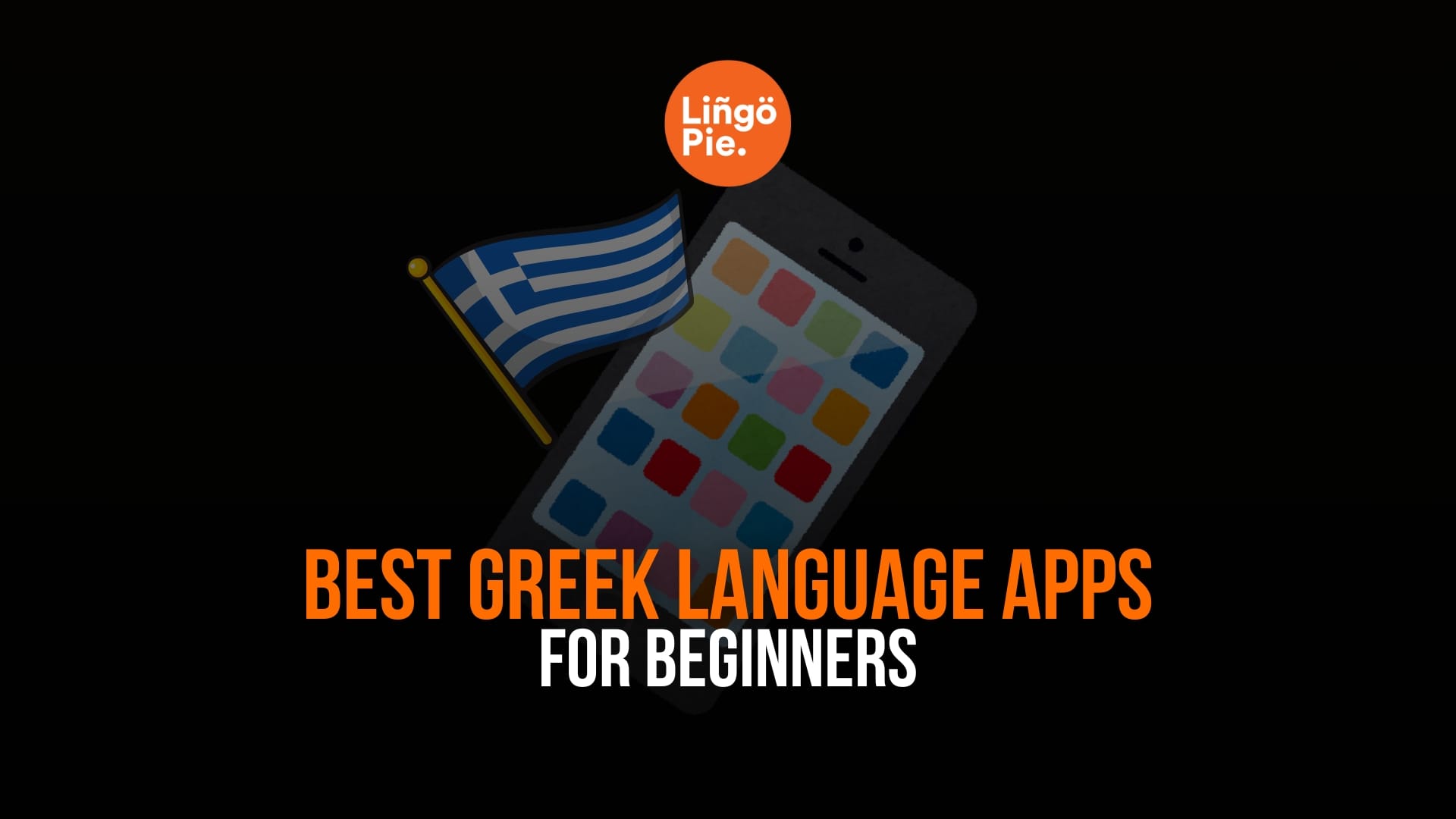You've probably heard Italian spoken in movies, maybe caught a few phrases while traveling, or perhaps you're considering learning this beautiful Romance language yourself. But have you ever wondered just how far beyond Italy's borders the Italian language actually reaches?
We decided to dig deep into this question, analyzing current linguistic data, government census reports, and academic research papers to give you the most accurate picture of Italian's global presence in 2025.
- 60+ Surprising Italian Words Used In English
- 20+ Easy Italian Short Stories To Learn The Language
- What Is The Best Way To Learn Italian On Your Own?

What Makes a Country "Italian-Speaking"?
For this research, we had to start with one specific question: what actually qualifies as an "Italian-speaking country"? Different sources count anywhere from 13 to 26 countries, depending on their criteria.
For our analysis, we considered three tiers:
- Official Status Countries (4): Italy, San Marino, Switzerland, Vatican City
- Significant Speaker Countries (8): Countries with over 50,000 speakers or where Italian serves important cultural/commercial functions—Albania, Argentina, United States, Malta, Slovenia, Croatia, France (southeastern regions), Brazil
- Heritage Communities (14+): Countries with smaller but notable Italian-speaking communities—Australia, Canada, Germany, Luxembourg, Tunisia, and others
his three-tier framework helps us distinguish between ceremonial recognition and actual living language communities, giving you the most realistic picture of where Italian truly matters in 2025.
How Many People Actually Speak Italian Worldwide?
Based on our analysis of recent surveys and census data, approximately 85 million people worldwide speak Italian as either their first or second language. That breaks down to about 67 million native speakers primarily residing in Italy, Argentina, and Switzerland. This concentration of native speakers in Europe isn’t surprising, given that recent Eurobarometer reports rank Italian among the top 5 most common native languages in the EU.
To put that in perspective, Italian ranks as the 31st most-spoken language globally so it's not exactly a niche language. It's also the fifth most-studied language worldwide, trailing only English, Spanish, and Chinese. In the US alone, there's an estimated 521,786 speakers according to the U.S. Census Bureau and about 750,000 in Albania.
In What Countries Is Italian The Official Language?
When we talk about countries where Italian holds official status, there are actually four main territories where you'll find Italian as an official language: Italy, San Marino, Switzerland, and the Vatican City.
Italy
Italian is the official language of Italy and is spoken by the vast majority of its population. But that wasn’t always the case. When Italy became a unified country in 1861, fewer than 3% of Italians actually spoke what we now consider “standard Italian.” Most people used their local dialects, like Neapolitan or Sicilian, which were often so different they couldn’t understand each other.
Italian as we know it today is based on the Tuscan dialect, especially the version spoken in Florence. Thanks to authors like Dante and Petrarch, it gained cultural prestige. Over time, through public education, military service, and national media (especially TV), standard Italian spread across the country.
San Marino
San Marino is a tiny country entirely surrounded by Italy, and it uses Italian as its official language. Although it’s independent, San Marino has strong cultural and economic ties with Italy, so using Italian has always made sense. It helps with things like trade, tourism, and diplomacy, while also keeping daily life simple.
Most people in San Marino also speak a local dialect called Sammarinese, which is a variety of Romagnol. It’s used mainly at home and in local settings. But Italian remains to be the main language in schools, government, media, and business. So while San Marino keeps its unique cultural identity, using Italian allows it to stay closely connected with the broader Italian-speaking world.
Switzerland
Italian is one of four official languages in Switzerland, along with German, French, and Romansh. About 8% of the population speaks Italian, mainly in the southern canton of Ticino and parts of Graubünden. The largest Italian-speaking city outside Italy is Lugano, in Ticino.
Italian became official in Switzerland because those regions have historically been part of Italian cultural and linguistic areas. Instead of trying to force everyone to speak the same language, Switzerland built its national identity around multilingualism. This helps preserve cultural diversity and gives Italian equal legal status to be used in government documents, schools, and even military instructions are available in Italian.
Vatican City
Vatican City, the tiny independent state within Rome, uses both Latin and Italian. Latin is the official language of the Catholic Church and is still used in official Church documents and ceremonies. But in everyday life, Italian is the main working language.
Since the Vatican is located in Rome, using Italian for daily business like in government meetings, public services, and communication just makes practical sense. Most of the Vatican’s staff, clergy, and visitors speak Italian, so it’s the easiest and most efficient choice for running the state smoothly. It also makes it easier for the Vatican to interact with Italy and the rest of the world.
How Many People In South America And Central America Speak Italian?
Approximately 1.8 million people speak Italian across South and Central America, with the vast majority concentrated in just a few countries. This represents the legacy of massive Italian immigration waves between 1880 and 1950, when economic hardship in Italy drove millions to seek new opportunities in the Americas.
Countries with significant Italian-speaking populations in the Americas:
- Argentina - 1.5 million speakers, making Italian the second most-spoken language after Spanish
- Venezuela - 200,000 speakers, also the second most-spoken language after Spanish
- Brazil - 50,000 speakers, primarily concentrated in São Paulo
- Costa Rica - Significant Italian community in southern regions like San Vito
- Paraguay - Smaller Italian-speaking minorities
- Ecuador - Italian-speaking minority groups
- Uruguay - Italian cultural influence on local Spanish dialect
How Many People In North America Speak Italian?
North America represents one of the most historically significant destinations for Italian immigration, though speaker numbers have been declining in recent decades. Our research shows approximately 1.37 million Italian speakers across North America, split between the United States and Canada.
Interestingly, while over 17 million Americans claim Italian ancestry, only a fraction maintain the language at home.
Countries with Italian speakers in North America:
- United States - 709,000 people speak Italian at home (2013 Census data)
- Canada - 660,000+ speakers (2006 Census), making it the second most-spoken non-official language when Chinese varieties aren't grouped together
Notably, Italian speakers in the U.S. dropped 38% from 2001 to 2017, making it the fastest-declining language among major immigrant languages. This reflects both reduced Italian immigration and natural assimilation patterns.
How Many People In Europe Speak Italian?
Beyond the official Italian-speaking countries, Europe hosts some remarkably strong Italian-speaking communities, particularly in countries with historical ties to Italy or significant Italian immigration. About 67 million native Italian speakers live in the European Union, with an additional 13.4 million speaking it as a second language.
European countries with significant Italian speakers (excluding official countries):
- Albania - Up to 70% of adults have some Italian knowledge, approximately 800,000 people
- Malta - 66% of the population can speak Italian fluently
- Slovenia - 15% speak Italian as a second language, 5% use it daily
- Croatia - 14% can hold conversations in Italian, with 19,636 ethnic Italians
- France - 5% can speak Italian, particularly in southeastern regions
- Austria - 8% can hold conversations in Italian
- Germany - Significant Italian immigrant communities
How Many People In Africa And Oceania Speak Italian?
Africa and Oceania represent the smallest but historically significant Italian-speaking regions. In Africa, Italian presence stems from the colonial period (1882-1943), while Oceania's Italian speakers reflect 20th-century immigration patterns.
Italian speakers are found primarily in former Italian colonies, though exact numbers are difficult to determine:
- Libya - Italian commercial use continues despite political upheaval
- Eritrea - Italian used in commerce, with Italian-language schools in Asmara
- Somalia - Older generations retain some Italian knowledge
- Ethiopia - Limited Italian speakers in professional contexts
- Australia - Italian is the second most-spoken foreign language after Chinese, with 1.4% of the population speaking it at home
How Many Italian-Speaking Countries Are In The World?
Based on our comprehensive analysis, 26 countries worldwide have significant Italian-speaking populations, though the exact number depends on how you define "Italian-speaking." At the core are 4 countries where Italian holds official status (Italy, San Marino, Switzerland, and Vatican City), followed by 8 countries with substantial speaker populations or important cultural functions.
Beyond these, at least 14 additional countries host notable Italian heritage communities, from Australia's 1.4% of the population to Canada's 660,000 speakers.
Is Italian Worth Learning?
Based on our research, Italian definitely punches above its weight globally. While it might not have the reach of English or Spanish, it opens doors to:
- Strong economic opportunities - Italy remains one of the world's largest economies, and Italian companies have significant global presence
- Cultural richness - From Renaissance art to modern cinema, fashion, and cuisine
- Travel advantages - Beyond Italy, your Italian will be understood and appreciated in Switzerland, Malta, parts of the Balkans, and Italian communities worldwide
- Academic access - Italy hosts numerous international students and has excellent universities
Plus, if you're an English speaker, the FSI data suggests you can reach conversational level relatively quickly compared to many other languages.
Learn Italian With Lingopie
As we discovered in our latest language difficulty analysis, Italian sits in Category I for English speakers, meaning you could be having real conversations in just 23-24 weeks. If you're ready to start that journey, Lingopie offers the perfect blend of entertainment and education, letting you learn Italian through authentic TV shows, movies, and content from Italy and Italian-speaking communities worldwide.
Ready to start your Italian adventure? Try Lingopie today and discover how entertaining language learning can be.


![How Many Italian-Speaking Countries Are Out There? [2025 Data]](/blog/content/images/size/w1200/2025/06/Italian-speaking-countries.jpg)






